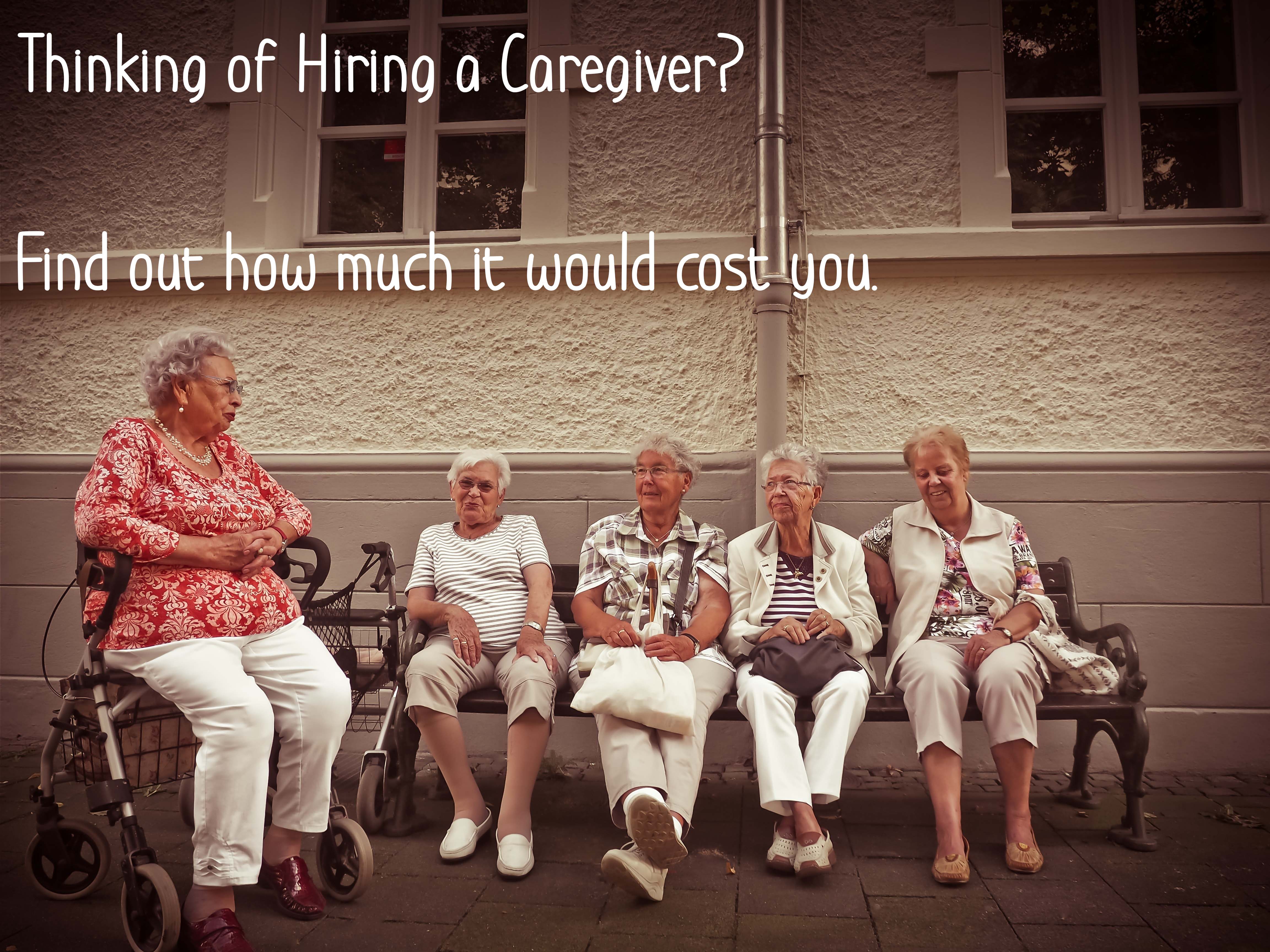Insurance for Those with High Risk
 If you have any kind of chronic medical condition and you’ve been shopping for health insurance, you know how insanely difficult it is to find an insurer that will cover you at all, let alone at an affordable rate. For some people, relief may be on the way starting July 1. That is the day when the federal government will start paying for new insurance programs aimed at providing relatively affordable coverage for uninsured people with pre-existing conditions.
If you have any kind of chronic medical condition and you’ve been shopping for health insurance, you know how insanely difficult it is to find an insurer that will cover you at all, let alone at an affordable rate. For some people, relief may be on the way starting July 1. That is the day when the federal government will start paying for new insurance programs aimed at providing relatively affordable coverage for uninsured people with pre-existing conditions.
Under the new health care law, the government has earmarked $5 billion for states to set up high-risk pools, as the programs are called, for people who have been uninsured for six months or longer. The pools are to provide a bridge for people most in need of coverage until the insurance exchanges begin operating in 2014. The pools will have no restrictions based on pre-existing conditions; coverage starts immediately and comes with no annual or lifetime limits. Deductibles and co-payments will be kept low.
Bekky Jones-Ludwick, 51, a manager for a marine supply store in Waynesboro, Va., is hoping the new system will help her and her husband, Tracy Ludwick. Both work for the same small business, and their employer had provided health insurance coverage for the couple until March 2009. The company canceled insurance for employees just after Ms. Jones-Ludwick, who suffers from asthma, learned she had breast cancer and underwent a mastectomy. The couple switched to a more expensive health policy purchased on their own.
Then, in May 2009, Ms. Jones-Ludwick’s husband needed emergency gall bladder surgery. The new policy covered only $1,000 a day for any type of hospitalization. As a result, the couple was left to pay $20,000 in medical bills. The new policy was canceled, too, and now the couple is completely without insurance. “I can’t pay off the debt, pay for my medicine and pay insurance premiums,” said Ms. Jones-Ludwick. “I owe more in medical bills than I make in a year’s salary.”
Ms. Jones-Ludwick is hoping insurance in the new high-risk pools not only will have premiums affordable enough that she can resume coverage but also will help eliminate out-of-pocket expenses for asthma medication, regular mammograms and other health care costs.
Even as the deadline for their debut approaches, however, questions remain about the new risk pools. The law mandates that premiums for the new coverage must be the same as the standard rate for a healthy adult in that state. (Currently insurance for someone with a pre-existing condition, when available at all, can cost as much as 200 percent of the standard rate.)
That sounds reasonable, but it’s not necessarily affordable. Depending on where you live, premiums could still be several hundred dollars a month. In addition, many experts worry that the $5 billion won’t be enough to last until 2014. The federal Centers for Medicare and Medicaid Services has estimated that the $5 billion will last for only two years.
“We just don’t know how many people will sign up for the new pools,” said Deborah J. Chollet, a senior fellow at Mathematica Policy Research, a public policy research company, who has studied existing state risk pools and the new plan. “Until we see what happens, there’s no way to know how long the money will last.”
Another concern is that only people who have been uninsured for six months or longer are eligible for the new pools. That means the newly unemployed or those paying exorbitant premiums because of a pre-existing condition — perhaps in their state’s existing high-risk pool — cannot simply switch to the more affordable high-risk pools.
The idea was to provide the stopgap measure for the neediest until 2014. If everyone took advantage of the new pools, it was feared, the government would have even more trouble financing the program. “There’s an inherent unfairness there that’s going to be difficult to explain to consumers,” said Sandy Praeger, state insurance commissioner of Kansas.
But for those who may, at long last, have a chance to get decent coverage for a relatively good rate, one question is more pressing than any other: How do I sign up? Here’s information on how the new risk pools are expected to work and what you should do if you think you might benefit from this new coverage.
WHO’S IN CHARGE?
Under the new law, each state can decide whether it wants to run the new high-risk pool or have the federal government run the program instead. At last count, about 30 states have opted to run their own programs. Those states have filed a proposal with the government outlining a list of pre-existing conditions that will help define who is eligible for each pool. Many states already have high-risk pools that provide an infrastructure; nevertheless, the existing risk pools will be run independently of the new ones.
Most states are waiting for approval of these guidelines from the federal Department of Health and Human Services, which is administering most of the health law changes. About 18 states have opted for the federal government to run the high-risk programs instead. The department has not yet provided details about how these pools will work.
GET THE PLAN DETAILS
Even with so few details, it’s not too early to contact your state insurance department for information on your state’s proposed plan. Some states may be taking applications as soon as July 1, although many are expected to miss that deadline and begin taking applications in August or even in the fall.
The Web site of the National Association of Insurance Commissioners, http://www.naic.org, has a directory of state insurance departments under “States and Jurisdictions Map.” Even states that are opting for the federally run pools are expected to post information on their insurance department Web sites to help consumers apply, said Ms. Praeger.
Also on July 1, the Department of Health and Human Services is expected to introduce an online portal at http://www.hhs.gov that will include information on available health insurance in each state, including coverage provided by high-risk pools, Medicaid and the Children’s Health Insurance Program.
GATHER YOUR RECORDS
While you are waiting for the deadlines to kick in, get copies of your medical records, advised Cheryl Fish-Parcham, director of health policy at Families USA, a consumer advocacy group. You may need them to show that you have a pre-existing condition and are therefore eligible for the pool.
APPLY EARLY
Each state has been allocated a portion of the $5 billion, but just about everyone agrees that the money will not be enough to last until 2014. Down the road, Congress may appropriate more money for the program, said Ms. Praeger — but there’s no guarantee. As a result, if some states receive a deluge of applicants, they may establish waiting lists until they determine they have enough funding. That is why it is important to sign up as soon as your state or the federal program allows.
CONSIDER AN ALTERNATIVE
If you have recently lost your job, your Cobra coverage has run out or you’re without health insurance for any other reason, waiting six months until you are eligible for the new risk pools may not be your best option. Under a federal law known as the Health Insurance Portability and Accountability Act, your health cannot be taken into account if you are moving from one qualified insurance plan to another, as long as you have no more than a 62-day gap in coverage.
The new premiums may be higher, but many people would be better off finding another policy before that 62-day deadline passes than they would continuing without coverage for a full six months.
Courtesy of the NYTimes
- Tags: Health Care News
- Professional Medical














Comments 0